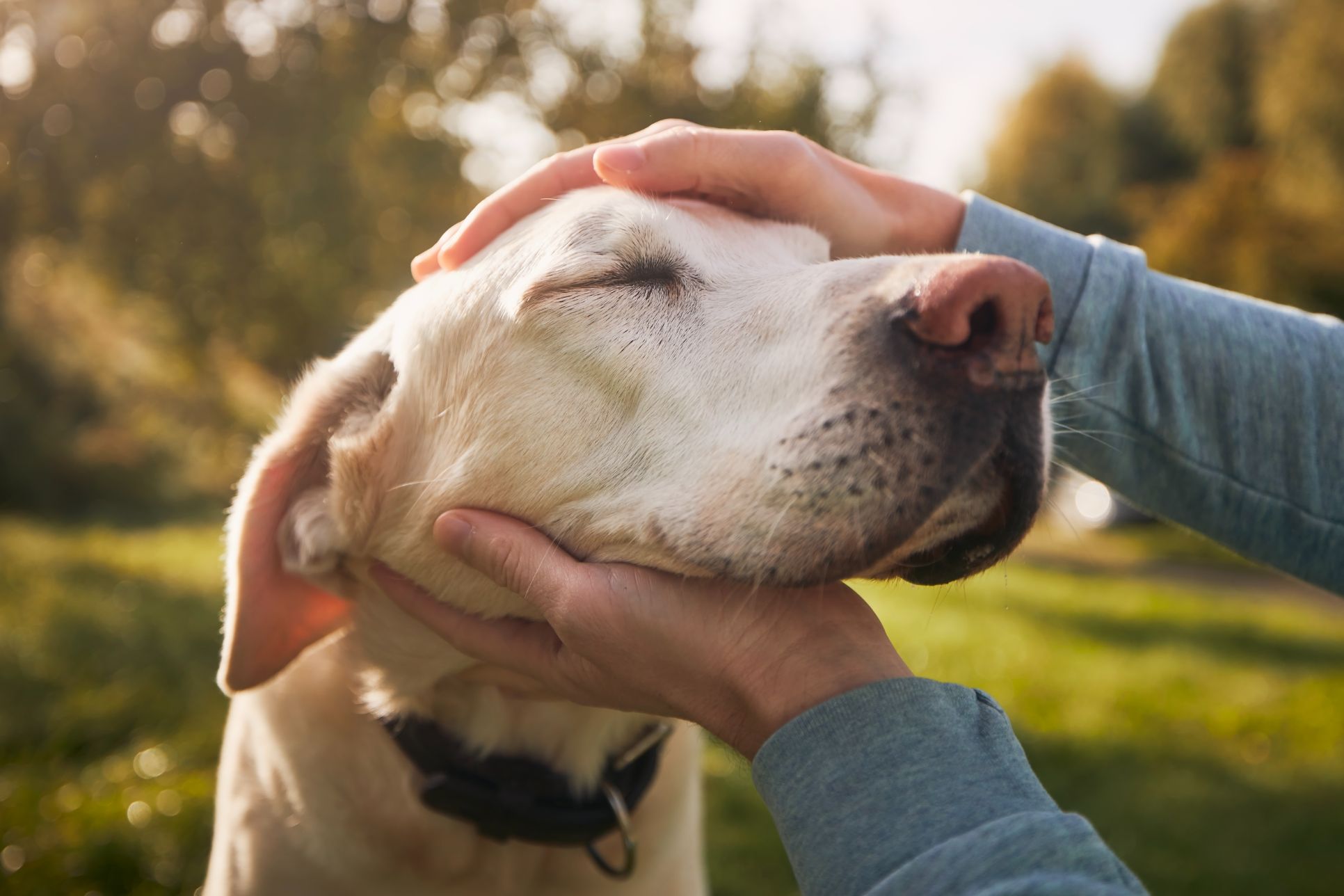Senior Pet Fitness: Gentle Exercises to Keep Your Aging Pet Agile

Like it or not, we all age. Unfortunately, aging can even seem quicker and more sudden for our pets, as their expected lifespan is not as long as that of their adoring humans. Aging pet fitness can keep your pet healthier and more mobile as they age, though. Sunrise Boulevard Animal Hospital has some great tips for senior pet exercise.
Why Senior Pet Exercise?
As pets age many will develop degenerative joint disease. This can be exacerbated by extra weight or old injuries. In addition, long-backed breeds such as dachshunds are also prone to back problems.
These aging changes result in overall decreased mobility for senior pets, which can result in a decreased quality of life.
Staying active is an important factor in keeping your older pet healthy. Encouraging frequent and gentle exercise to your pet’s ability can help them age more gracefully.
Appropriate, low-impact exercises for older pets can help them to:
- Maintain optimum functioning
- Experience reduction in pain
- Prevent injury
- Maintain strength
- Improve cardiovascular health
- Keep a healthy body weight
- Feel more stimulated and mentally fulfilled
Optimizing Aging Pet Fitness
If you want to maintain mobility in your senior pet and encourage exercise, how do you get started?
It is important to take into account your pet’s existing fitness level and limitations. While your senior pet may not be able to go on mile-long runs anymore, that doesn’t mean that they can’t be active. Call us for an appointment to assess your pet’s health and abilities and to discuss a plan.
You can also take some steps to help your senior pet be more ready for movement. Be sure that their nails are trimmed and long hair on the paws tidied to help improve traction. Consider adding yoga mats or toe grips to help your pet move as well.
Depending on your pet’s likes and abilities, consider adding gentle activities to your routine such as:
- Passive range of motion exercises
- Feeding out of an activity ball or maze
- Swimming in safe, clean water
- Hide and seek (you can hide or hide your pet’s favorite treats or toys)
- A gentle walk (consider changing direction often to keep your pet on their toes)
- A formal physical rehabilitation program
Follow your senior dog’s lead. If they begin to pant, drag, limp, or otherwise fall behind, it may be a sign that you need to take it down a notch. Introduce activities slowly and consistently—aim for two short sessions a day and gradually increase the length.
Senior pet exercise is an important component of helping to improve mobility and maintain function in our geriatric friends. Incorporating low impact exercises for older pets into your wellness care program can make a huge difference, and we are all for anything that improves the wellbeing of our patients.
